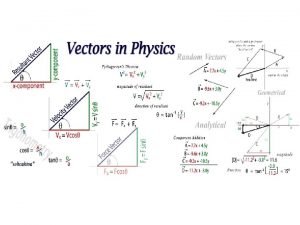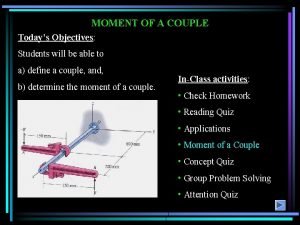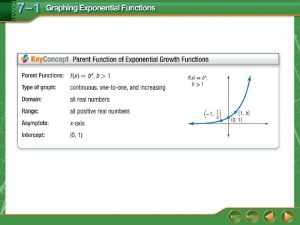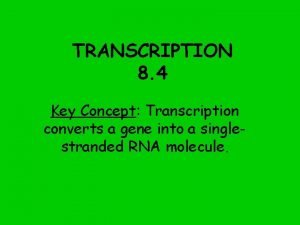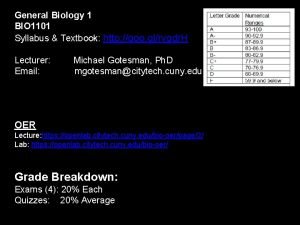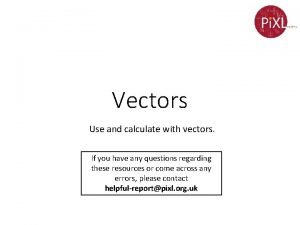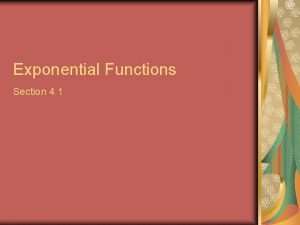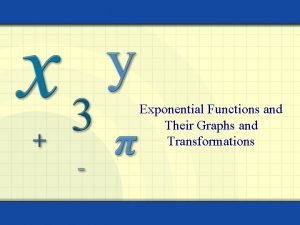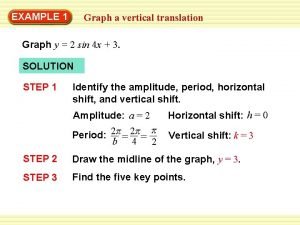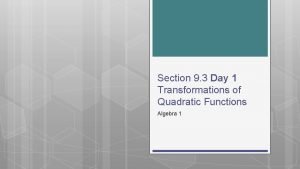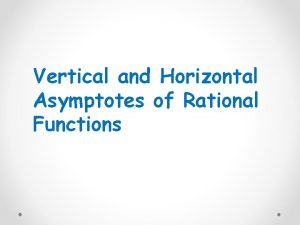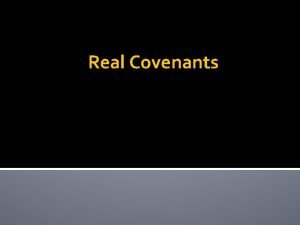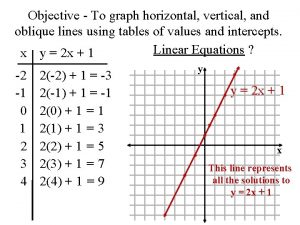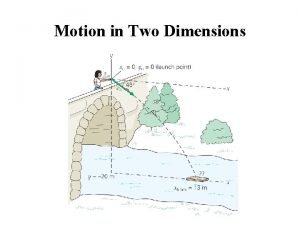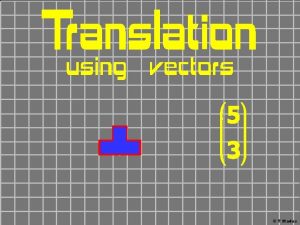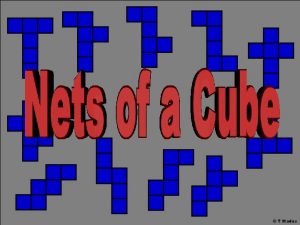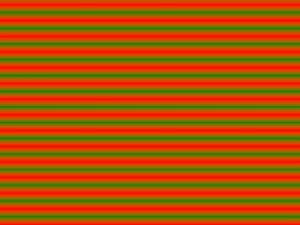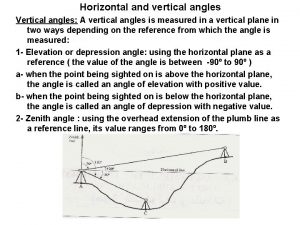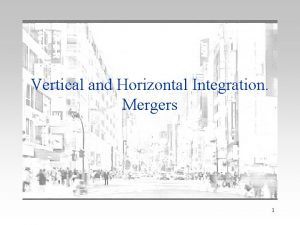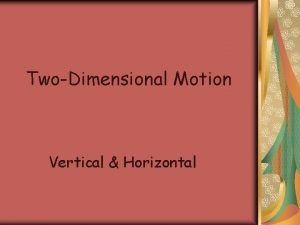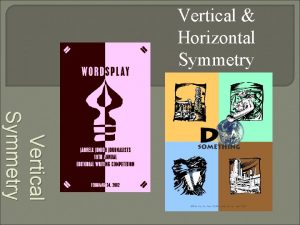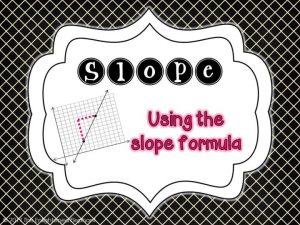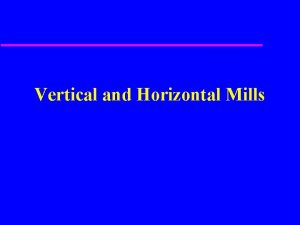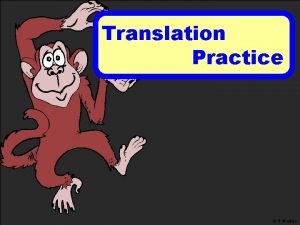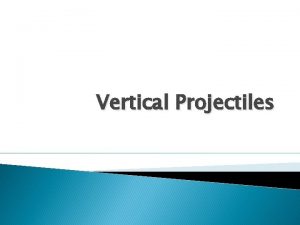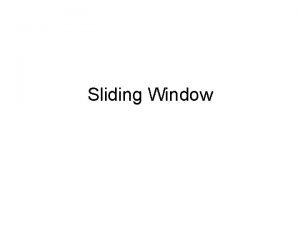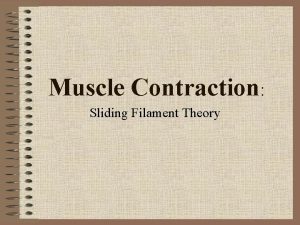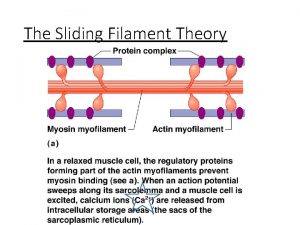T Madas Translation Sliding vector Horizontal Steps Vertical

































- Slides: 33

© T Madas

Translation = Sliding vector Horizontal Steps Vertical Steps I O © T Madas

Translation = Sliding vector Horizontal Steps Vertical Steps I A vector: is a line with a start and a finish. A vector has a direction and a length. O © T Madas

Translation = Sliding vector Horizontal Steps Component Vertical Steps Component A vector: is a line with a start and a finish. A vector has a direction and a length. © T Madas

Translation = Sliding vector Horizontal Steps Component Vertical Steps Component If a vector is drawn on a grid we can always write it, in component form. © T Madas

© T Madas

A vector is a line with a start and a finish. It therefore has: 1. 2. 3. line of action a direction a given size (magnitude) A B © T Madas

we write vectors in the following ways: By writing the starting point and the finishing point in capitals with an arrow over them With a lower case letter which: is printed in bold or underlined when handwritten In component form, if the vector is drawn on a grid: 4 5 © T Madas

F E B D H A C G © T Madas

B D AB = 4 5 A -5 CD = 4 C © T Madas

4 0 4 = + 5 0 5 B AB = 4 5 0 5 A 4 0 © T Madas

-5 0 = -5 + 0 4 4 D 0 4 CD = -5 4 C -5 0 © T Madas

What is the vector from A to B ? What is the vector from B to C ? What is the vector from A to C ? C 8 AC = 6 3 BC = 4 B AB + BC = AC A 5 AB = 2 5 3 8 = + 2 4 6 © T Madas

To add vectors when written in component form: we add the horizontal components and the vertical components of the vectors separately. C 8 AC = 6 3 BC = 4 B AB + BC = AC A 5 AB = 2 5 3 8 = + 2 4 6 © T Madas

3 Let the vector u = What is the vector 2 u ? 2 2 xu 2 x 6 3 2 x 3 = = 4 2 2 x 2 3 u= 2 To multiply a vector in component form by a number (scalar), we multiply each vector component by that number. 2 u = 6 4 © T Madas

© T Madas

7 -4 5 Let the vectors u = , v= and w = 1 2 3 Calculate: 5 7 12 1. u + v + = 3 1 4 v u v + u © T Madas

7 -4 5 Let the vectors u = , v= and w = 1 2 3 Calculate: 5 7 -4 8 2. u + v + w + + = 3 1 2 6 + uu v + w w v © T Madas

7 -4 5 Let the vectors u = , v= and w = 1 2 3 Calculate: 5 -4 5 -8 -3 3. u + 2 w +2 + = = 3 2 3 4 7 2 w u+ 2 w u © T Madas

7 -4 5 Let the vectors u = , v= and w = 1 2 3 Calculate: 5 7 5 -7 -2 4. u – v – + = = 3 1 3 -1 2 u -v – v v u © T Madas

7 -4 5 Let the vectors u = , v= and w = 1 2 3 Calculate: 5 -4 5 4 9 5. u – w – + = = 3 2 3 -2 1 w -w u u–w © T Madas

© T Madas

x What is the magnitude of vector r = ? y x r= y d 2 = x 2 + y 2 c r = x 2+y 2 d = x 2 + y 2 x © T Madas

x What is the magnitude of vector r = ? y r = x 2+y 2 8 a= 6 a = 82 + 62 = 64 +36 = 100 = 10 units -5 b= 12 2 ( ) b = -5 +122 = 25 +144 = 169 = 13 units -6 u= -2 2 ( ) u = -6 +(-2)2 = 36 + 4 = 40 ≈ 6. 3 units 7 v= 24 v = 72 + 242 = 49 + 576 = 625 = 25 units © T Madas

© T Madas

7 An object is translated using the vector followed by 3 -5 a second translation by the vector. 4 Work out the vector for the combined translation. 7 -5 2 + = 3 4 7 2 7 -5 4 7 3 © T Madas

© T Madas

An object is placed at the origin of a standard set of axes and is subject to four successive translations using the following vectors: 7 , -6 , -1 and 5. 8 3 -6 7 1. Work out the single vector that could be used to produce the same result as these four translations. 2. Calculate the magnitude of this vector. 7 -6 -1 5 5 + + + = 8 3 -6 7 12 magnitude = 52 + 122 = 25 +144 = 169 = 13 units © T Madas

© T Madas

The points O (0, 0), A (1, 5) and B (-1, 2) are given. 1. Write AB as a column vector and calculate its magnitude. y The point C is such so that: • AC is parallel to • AB = BC 0 -1 A -2 2. Write AC as a column vector. AB = -3 B x The point D is such so that: O • ABCD is a rhombus 3. Calculate the area of the rhombus. -2 AB = -3 AB = (-2)2 + (-3)2 = 4+ 9 = 13 ≈ 3. 6 units © T Madas

The points O (0, 0), A (1, 5) and B (-1, 2) are given. 1. Write AB as a column vector and calculate its magnitude. y The point C is such so that: • AC is parallel to • AB = BC A 0 -1 2. Write AC as a column vector. The point D is such so that: • ABCD is a rhombus 0 -1 B 0 AC = -6 O x C 3. Calculate the area of the rhombus. © T Madas

The points O (0, 0), A (1, 5) and B (-1, 2) are given. 1. Write AB as a column vector and calculate its magnitude. y The point C is such so that: • AC is parallel to • AB = BC 0 -1 2. Write AC as a column vector. The point D is such so that: • ABCD is a rhombus A 3 3 B D 12 3 3 O x C 3. Calculate the area of the rhombus. © T Madas

© T Madas
 Transformation of a function
Transformation of a function Magnitude
Magnitude Madas vectors
Madas vectors Two couples act on the beam as shown
Two couples act on the beam as shown Given that a vector is the directed line segment
Given that a vector is the directed line segment Vector
Vector How is vector resolution the opposite of vector addition
How is vector resolution the opposite of vector addition Fixed vector definition
Fixed vector definition What is communicative translation
What is communicative translation Voice translation rules
Voice translation rules Noun phrases
Noun phrases Transformations in exponential functions
Transformations in exponential functions Horizontal translation
Horizontal translation Y=4x exponential function
Y=4x exponential function Horizontal translation
Horizontal translation Steps of translation
Steps of translation Steps of translation
Steps of translation Pixi maths vectors
Pixi maths vectors Vertical translation of an exponential function
Vertical translation of an exponential function Transformation of exponential functions
Transformation of exponential functions Vertical translation example
Vertical translation example Vertical translation
Vertical translation Vertical and horizontal deflection system
Vertical and horizontal deflection system What are the vertical and horizontal asymptotes of
What are the vertical and horizontal asymptotes of Horizontal and vertical multilingualism
Horizontal and vertical multilingualism George‚äôs gyros
George‚äôs gyros Transversalidad horizontal y vertical
Transversalidad horizontal y vertical Projeto de cabeamento estruturado
Projeto de cabeamento estruturado What is a real covenant
What is a real covenant Parallel lines in a hairstyle
Parallel lines in a hairstyle Is the vertical and horizontal configuration of departments
Is the vertical and horizontal configuration of departments In random scan display, the frame buffer holds …
In random scan display, the frame buffer holds … It is used to draw vertical and oblique lines
It is used to draw vertical and oblique lines Velocity eq
Velocity eq

